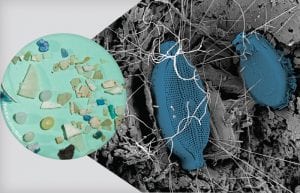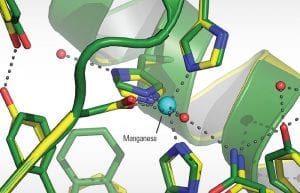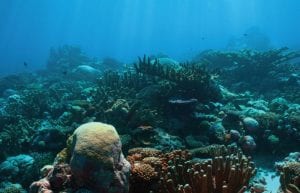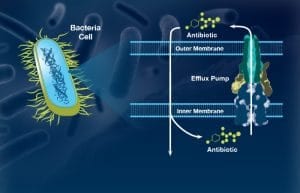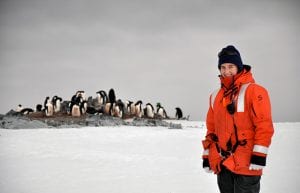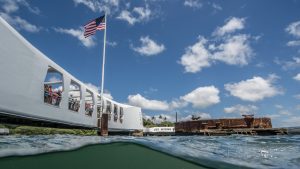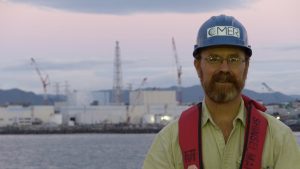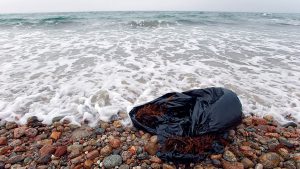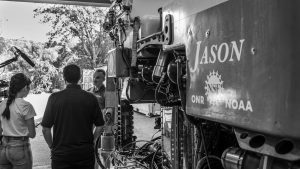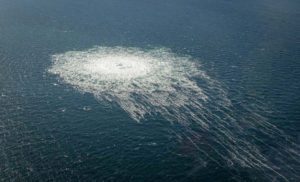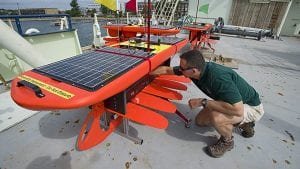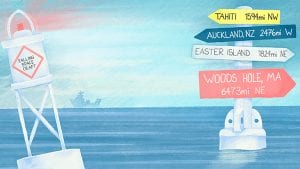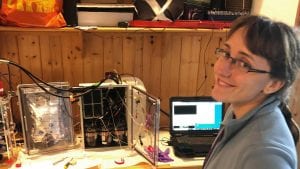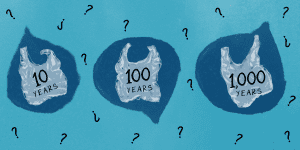Research Highlights
Oceanus Magazine
News Releases
The findings underscore the USS Arizona’s dual role as a solemn memorial and a “living laboratory.”
Buesseler joins a distinguished group of scientists, leaders and communicators recognized by AGU for advancing science.
While the impacts of plastic pollution on human health and the environment are growing, the report finds, increasing harm due to plastics is not inevitable.
Film shares the pivotal role of WHOI-operated underwater vehicles in the discovery of toxic waste dumped off California coast

